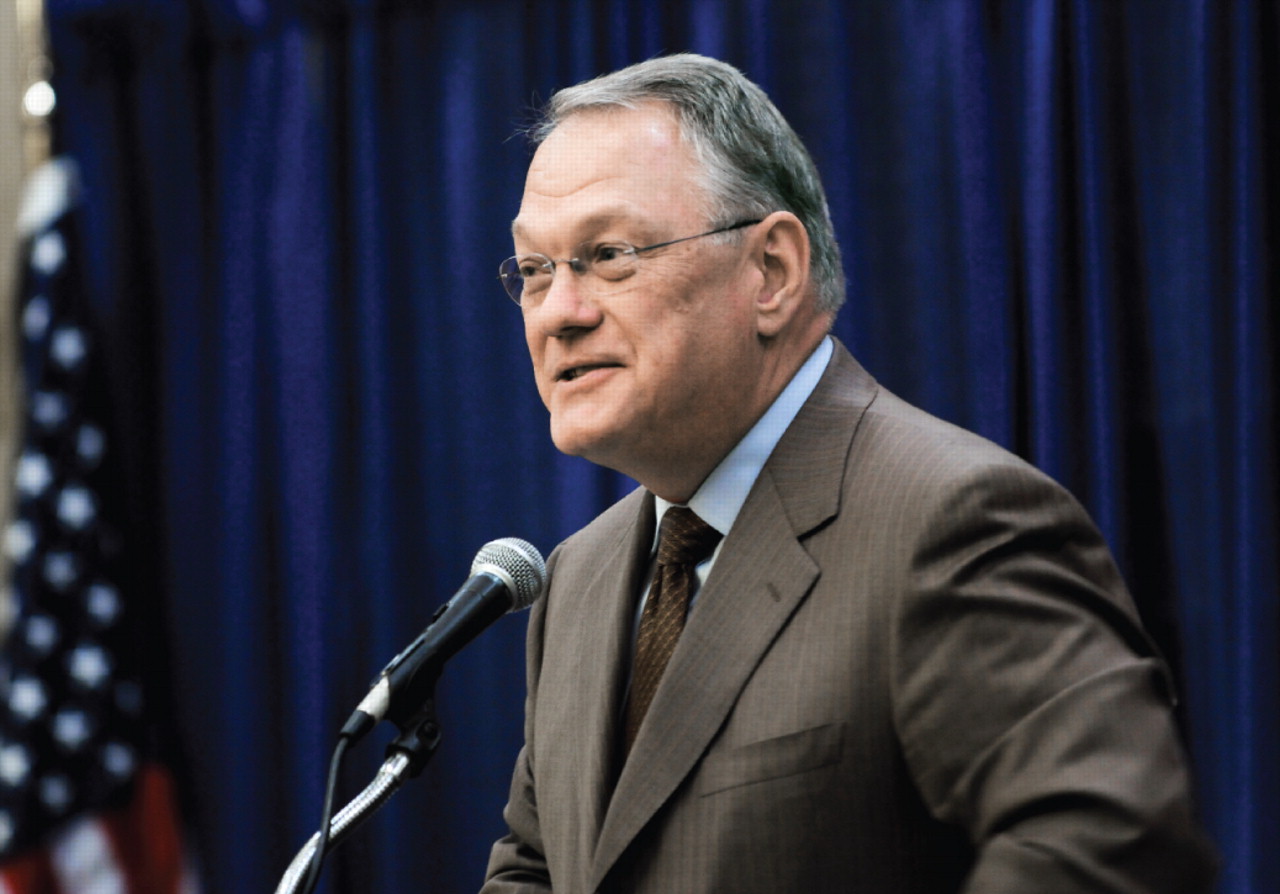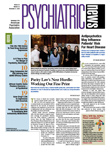Access to care, revising the Medicare payment formula, encouraging healthy lifestyles, and medical education reform.
Those are among the AMA's top priorities, according to Michael Maves, M.D., the AMA's executive vice president and chief executive officer. He was the keynote speaker at APA's Institute on Psychiatric Services last month in Chicago. Maves was standing in for Rep. Danny Davis (D-Ill.), who was unable to attend due to the financial crisis requiring Congress to be in Washington to deliberate bailout legislation.
Maves said the AMA has been striving to make its legislative and lobbying agenda more patient- and public-health friendly, reversing its public image as sometimes being primarily concerned with the financial interests of doctors. As part of this effort, Maves said, the AMA was focusing on encouraging healthy patient behaviors, with an emphasis on diet; physical activity; and tobacco, drug, and alcohol use. He added that the AMA is planning to provide primary care physicians with tools to address these subjects in every patient visit.
“The AMA is trying to become engaged and to advance an agenda not only for the profession, but most importantly for the patients we serve,” Maves told psychiatrists and others at the APA institute.“ We are putting ourselves in a position that perhaps we should have been in for many, many years but haven't.”
During a meeting at which APA President Nada Stotland, M.D., emphasized the need for health-system reform, Maves said the number-one priority for the AMA is the problem of under- and un-insurance. And he offered a broad outline of the AMA's proposal for health insurance reform and tax credits designed to give individuals power to buy their own insurance.
“Do I think this will pass? No. Do I think it will help start a discussion? Yes.” He added, “Ours is a market-based proposal, but I don't think any one proposal is ever going to solve this problem.”
Moving on to Medicare fee concerns, Maves said that for several years, the AMA has had to go back to Congress “as a supplicant” to reverse fee-schedule reductions that were projected to be as high as 10 percent this year. This year advocates were able to secure an adjustment resulting in approximately a 1.5 percent across-the-board increase, along with a phase down from 50 percent to 20 percent in the copay that Medicare requires beneficiaries to pay for mental health services.
“The bad news is that in 2010 we are scheduled to have roughly a 21 percent cut [in physician Medicare fees], and by 2015 it will be 40 percent,” Maves said. “You don't need to have an M.B.A. to figure out what will happen to profits and losses in your practice. People will be running away from Medicare because they cannot afford to provide the services.”
What's needed, he said, is a permanent fix that would replace the sustainable growth rate formula, which requires that increases in Medicare volume be paid for by decreases in physician payment and without compensation for increasing practice costs. “There is no doubt in my mind that if these cuts go through, we will have a medical-care crisis, just as we are having a financial crisis,” he said.
Maves predicted that a Medicare reform bill would be packaged with reauthorization of the popular State Children's Health Insurance Program (SCHIP), which is expected to expire next March. “Reauthorization [of SCHIP] will be a top priority,” he said, adding that he believed that Congress will continue to authorize coverage within SCHIP for women who are pregnant—a source of some controversy among lawmakers.
Finally, Maves cited reform of medical education as another priority for AMA in coming years. He noted that the current model of education—two years of preclinical book work followed by two years of clinical practice and bedside education—derived from a model developed nearly 100 years ago by Abraham Flexner in the 1910 “Flexner Report.”
And he said that AMA would be looking at ways to update the model to meet modern realities.
“Any of you involved in academic medical education know that things are not that simple anymore,” Maves said. “The way medical students are being educated today is sporadic, and they have to connect the dots themselves.”
He said that in 2010, the 100th anniversary of the “Flexner Report,” the AMA will release a new report on medical education outlining the challenges and opportunities of medical education in the 21st century. ▪

